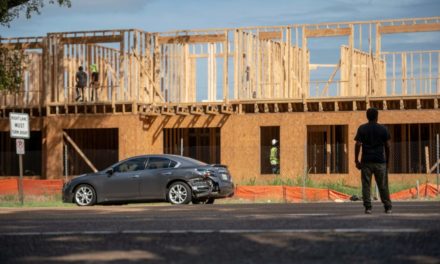There is no “one size fits all” approach to how cities fight crime in the U.S., but a recent review of strategies in Detroit, Newark, Raleigh, Milwaukee, Philadelphia, Louisville, San Francisco, Los Angeles, Providence, Oakland, Austin, Dallas, St. Louis, Houston and Chicago indicated that there are general themes that emerge.
As I mentioned in my last blog post, there is a trend toward the creation of a public safety agenda within a public health context, credible messenger interventions, and restorative youth justice programs in which targeted investments and interventions in high-crime communities in consultation with residents there.
An overriding challenge is that across the country, cities are having trouble hiring enough police officer to meet their optimal complements.
Here are the general themes:
General Themes Emerging from Crime Prevention Plans
- Identify the key people and places driving the violence. These analyses, such as the one in Oakland, draw on incident reviews, shooting data, law enforcement intelligence, and social network mapping to reveal and target the micro-locations for crime and where criminals come from.
- Create a plan for engaging key people and places. It is anchored, as it is in Dallas, on focused deterrence by violence interrupters using SMART (specific, measurable, achievable, relevant, and time-found) criteria.
- Address key locations using place-based policing and investment that can calm violent spaces. Short-term actions must be followed by place-based interventions and investments to change the nature of violent micro-locations.
- Place responsibility for reducing violence as the top priority. Cities need a permanent unit dedicated to violence reduction operating in the mayor’s office and reporting directly to the mayor. These offices, like the one in Los Angeles, can provide direct services as well as approve and administer funding for anti-violence efforts.
- Emphasize trauma-informed approaches for victims of violent crime – they are more likely to be victimized again – and agencies like the Trauma Recovery Center in San Francisco ensures that supports and services are delivered in empathetic ways. Law enforcement officers also experience trauma and benefit and need similar approaches.
- Promote trauma-informed policing. Police trained to identify and address trauma in the community and who have an awareness of their own exposure to stress and trauma are better equipped to police in an equitable and respectful manner.
- Increase data collection and transparency. Data that are critical to public understanding and involvement in crime prevention is sorely lacking in many cities, particularly disaggregated data.
- Establish funding for new strategies and programs. There is expansive research about what works and what doesn’t when it comes to violence reduction. Some money should be held in reserve to nurture new leaders and promote innovation.
- Reduce the role of police in traffic enforcement. Many cities continue to send high-cost commissioned officers to handle traffic accidents. There are lower-cost PSTs who can be trained to respond to incidents that do not require a commissioned officer. Reduce the use of police to respond to incidents that would be better served by mental health professionals and social workers. Using trained community responders provides a less intimidating and more people-centered approach to mental health crises, substance use issues, homelessness, and more.
- Develop workforce development programs targeting hot spot areas. It’s hard to argue that anything is more effective than hiring people from high-crime neighborhoods for jobs paying a living wage. This is a key strategy of the Civic Committee of the Commercial Club of Chicago program.
- Adopt a new and broader range of indicators. This means moving beyond reliance on crime, arrests, and recidivism rates to describe and define what is going on regarding within a wider public safety and well-being lens, as is being done in Louisville.
- Create street teams that are centered in public health approaches to address violence. These street outreach models strong resident relationships and mediation tactics to address conflict in communities. It has been effective in Newark.
- Place greater emphasis on offenders’ reentry from jail or prison back into the city. Reentry efforts should begin years before the inmate’s release date. It needs collaboration between city services, nonprofit organizations, faith-based institutions, and institutions of higher education.
- Invest in evidence-based alternatives to policing; city budgets disproportionately fund police departments and jails over other public services that would contribute to public safety, such as housing employment support, transit, education, workforce, and public health.
- Expand online self-reporting of offenses like abandoned vehicles, alarms, illegal parking, animal control complaints, etc., that can be handled by non-commissioned personnel.
- Import more intellectual capital in the development of crimefighting strategies and to challenge conventional thinking and business as usual.
There has never been more extensive and deeper national research, more case studies, more best practices, and more reports than there are today on crime prevention and violence reduction. However, there is little sense that this broad panoply of information is being used to its fullest in developing strategies in Memphis. The late Ira Lipman’s vision of the Memphis Shelby Crime Commission as a “think tank” that would engage national experts, research promising programs, tap into the smartest minds, and provide the public with data that challenges and inspires them to advocate for policies has not been fully realized but the need for Mr. Lipman’s vision remains as crucial today as it was when he proposed it.
**
Join me at the Smart City Memphis Facebook page and on Instagram where these blog posts are published along with occasional articles, reports, and commentaries that are relevant to Memphis.




